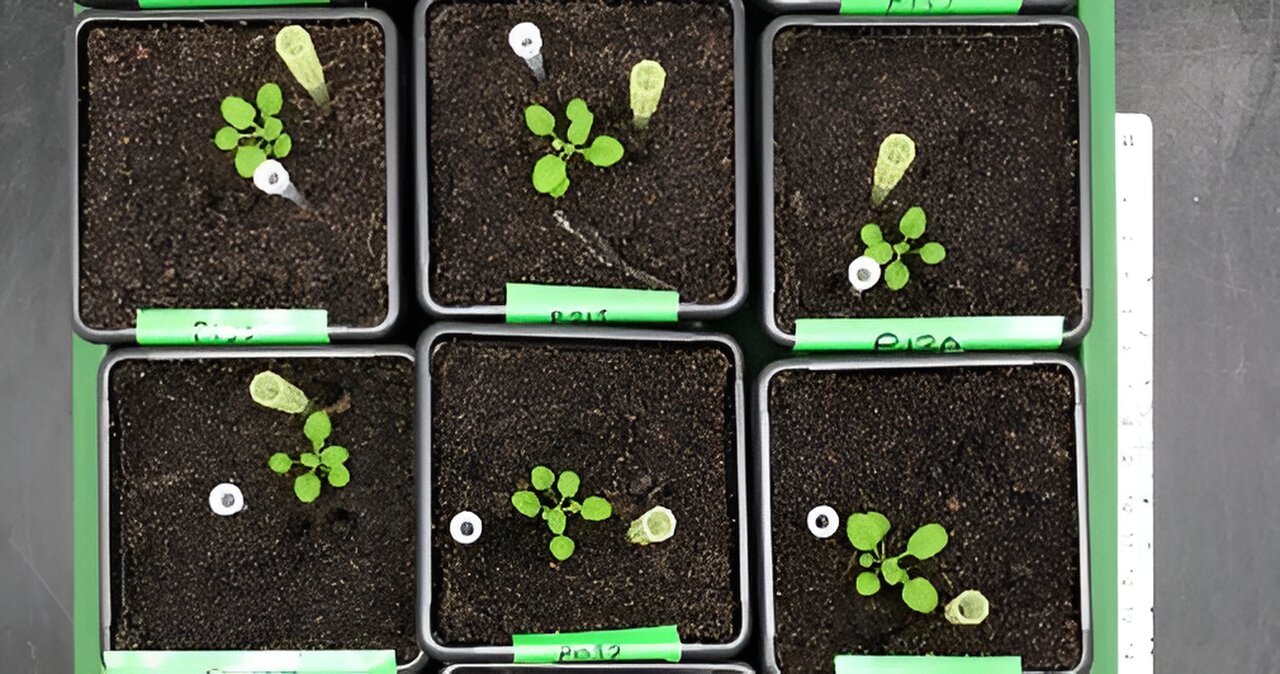It may not be defined by acne and mood swings but plants actually go through their own kind of puberty too. Called the vegetative-to-reproductive transition, it only happens over the course of a few days. Plants slow down their leaf growth to develop reproductive organs instead.
Now, a team of scientists has identified the genetic changes linked to why plants go through these developmental changes at different rates. The discovery is detailed in a study published in the August 2024 issue of The Plant Cell.
[Related: Build a garden that’ll have pollinators buzzin’.]
“In some ways, plant and human growth is very similar: everyone experiences it in their own unique way,” Daphne Ezer, a study co-author and computational biologist at the University of York in England, said in a statement. “Our study uncovered specific genetic changes that could control the timing of plant developmental transition, paving the way for future improvements in crop uniformity and quality.”
The dramatic physical changes during this puberty-like process are important to both farmers and consumers. It kicks off a process where the nutrients in the leaves are diverted into the plant’s reproductive organs. These nutrients eventually make it into the plant’s fruits and grains.
For animals, well-timed plant development means that food is more nutritious. Farmers have tried to breed crops to be as uniform as possible–but just like in humans–puberty happens at different ages in individual plants.
To take a closer look into the factors that influence the timing of this transition, the team in this new study grew Arabidopsis thaliana. This type of wild mustard is most similar to Brassica crops including broccoli and cabbage. The team selected Arabidopsis thaliana because the species has been inbred over several generations to create an almost genetically identical pool of seeds. They grew the plants in conditions where the soil, temperature, humidity, and light were as consistent as possible.

Even in these highly controlled conditions in a laboratory, the plants began to show signs of their developmental transition on different days. The plants all had the same chronological age, but they were at different points on the road to plant “puberty.”
When roughly half of the plants had undergone their transition, the team measured their genetic activity. The researchers used RNA sequencing and the pseudotime inference algorithm on the leaves to pinpoint the specific genetic changes that correlated with the timing of this developmental change. More study of these changes could lead to a better understanding of what is going on behind the scenes to jumpstart plant “puberty.”
[Related: These meat-eating plants are masters of deception.]
The team also observed that the plants began the process of killing their leaves before the visible reproductive structures were visible.
“Remarkably, we also found that plants are starting to redirect nutrients from their leaves to their flowering structures even earlier than we anticipated,” said Ezer. “To supercharge the nutritional value of crops, farmers might need to pay attention to these hidden processes happening well before any visible signs of the vegetative-to-reproductive transition.”

